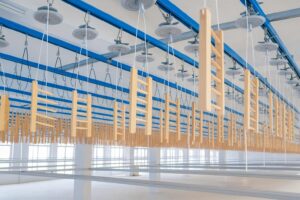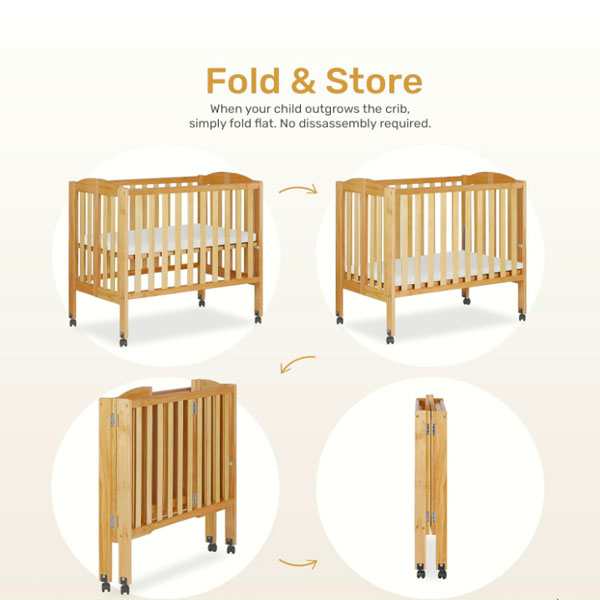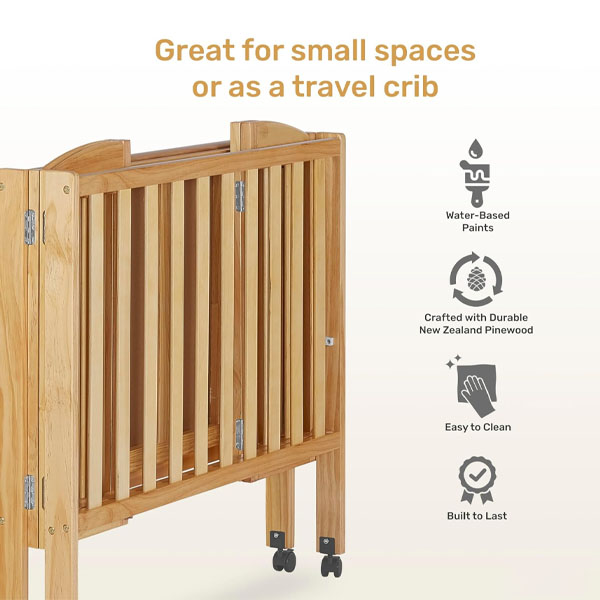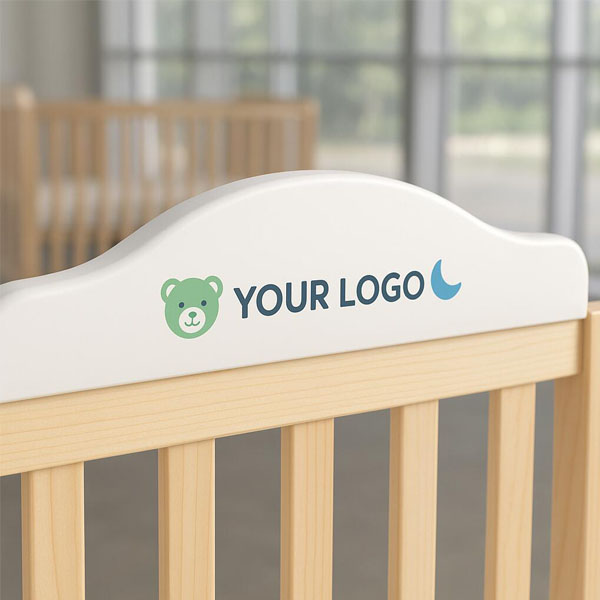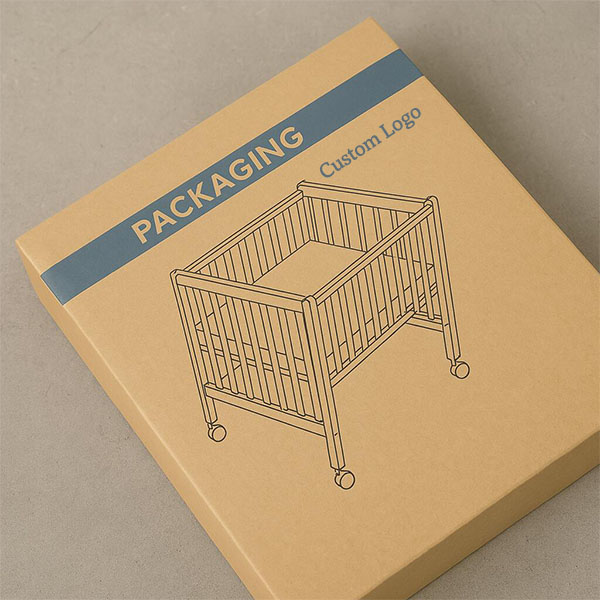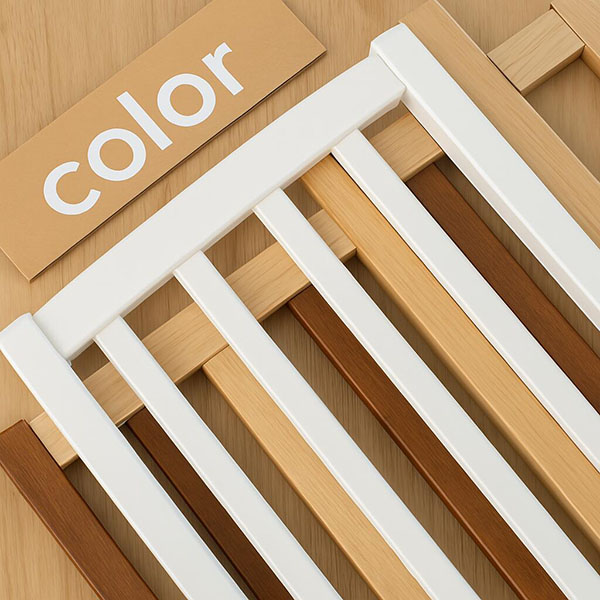Best Wooden Baby Crib Manufacturer in UK
Are you worried about finding a safe, high-quality crib for your precious little one? The market is flooded with options, making the decision overwhelming for new parents.
The best wooden baby crib manufacturers in the UK combine safety, sustainability, and craftsmanship. Companies like Silver Cross, Mamas & Papas, and Boori lead the industry with their non-toxic finishes, sustainable wood sourcing, and convertible designs that grow with your child.
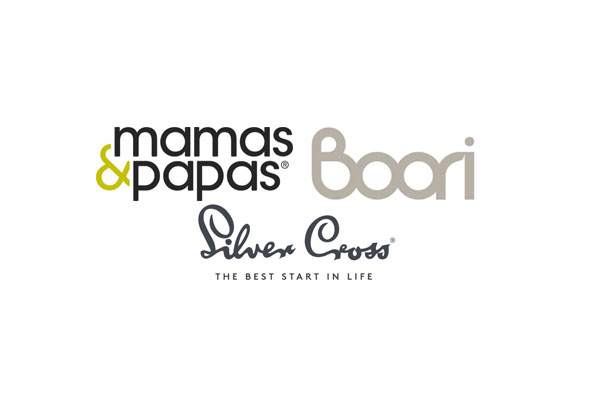
I’ve spent months researching and testing various cribs for my firstborn, and I can tell you that not all wooden cribs are created equal. The right manufacturer makes all the difference in safety, durability, and design. Let me walk you through what I’ve learned about the top wooden crib manufacturers in the UK and how to choose the perfect one for your baby.
What Makes a Quality Wooden Baby Crib?
Ever wondered why some wooden cribs cost ten times more than others? The difference lies in the materials, craftsmanship, and safety features that protect your baby.
Quality wooden baby cribs are distinguished by sustainable hardwood construction, non-toxic finishes, adjustable mattress heights, and convertible designs. The best cribs meet or exceed British Safety Standards BS EN 716 and use materials that will last through multiple children.
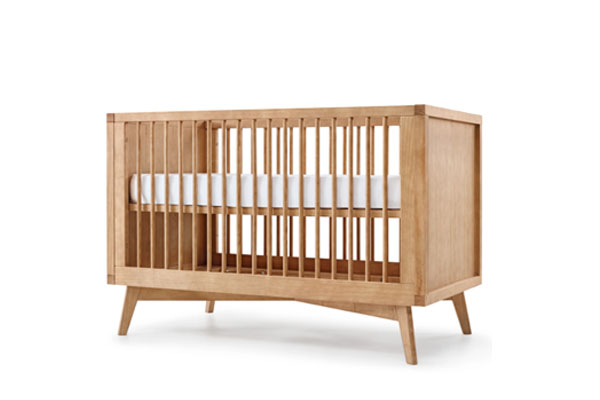
When I started my search for the perfect crib, I was shocked by the vast price differences. I soon discovered that quality wooden cribs share several key characteristics that justify their higher price points.
Material Quality and Sustainability
The type of wood used in baby cribs significantly impacts both safety and durability. Premium manufacturers source sustainable hardwoods like oak, maple, and beech that resist warping and cracking over time. I remember visiting a showroom where the sales associate demonstrated how cheaper pine cribs could develop splinters after just months of use.
Many top UK manufacturers now emphasize their commitment to sustainable forestry practices, using FSC-certified woods harvested from responsibly managed forests. This not only ensures a healthier planet for our children but often results in stronger, more durable cribs. When examining different cribs, I paid close attention to the density and grain of the wood, noting how solid hardwoods felt substantially more robust than composite materials.
Safety Features and Certifications
Safety is the primary concern for any parent, and quality manufacturers go beyond the minimum requirements. The best wooden cribs in the UK comply with British Safety Standard BS EN 716, which regulates everything from slat spacing to structural integrity.
| Safety Feature | Purpose | What to Look For |
|---|---|---|
| Slat Spacing | Prevents head entrapment | Gaps no wider than 6.5 cm |
| Mattress Fit | Prevents suffocation hazards | Less than 2 cm gap between mattress and frame |
| Finish | Avoids toxin exposure | Non-toxic, water-based paints and stains |
| Hardware | Ensures structural integrity | Hidden, recessed hardware with no sharp edges |
| Drop Sides | Potential entrapment risk | Fixed sides (drop sides are now banned in many countries) |
I remember testing the sturdiness of various cribs by giving them a good shake in the showroom. The higher-quality cribs remained rock-solid, while budget options wobbled alarmingly. This simple test revealed much about the overall construction quality.
Design Versatility and Longevity
The most cost-effective wooden cribs offer convertibility options that grow with your child. During my research, I discovered that investing in a quality convertible crib actually saved money in the long run, despite the higher initial cost.
Convertible Options
Many premium UK manufacturers now offer cribs that transform into:
- Toddler beds
- Day beds
- Full-sized beds
- Even study desks or benches
This versatility means a quality wooden crib can serve your family for 10+ years rather than just the first 2-3 years of your baby’s life. When I calculated the cost-per-year of use, the premium options often worked out cheaper than buying multiple pieces of furniture as my child grew.
Who Are the Top Wooden Baby Crib Manufacturers in the UK?
Confused about which brands deliver the best quality and value? I spent weeks comparing the top UK crib manufacturers to find those that consistently exceed expectations.
The leading wooden baby crib manufacturers in the UK include Silver Cross, Mamas & Papas, Boori, and Mokee. These companies stand out for their exceptional craftsmanship, sustainable practices, and innovative designs that prioritize both baby safety and parental convenience.
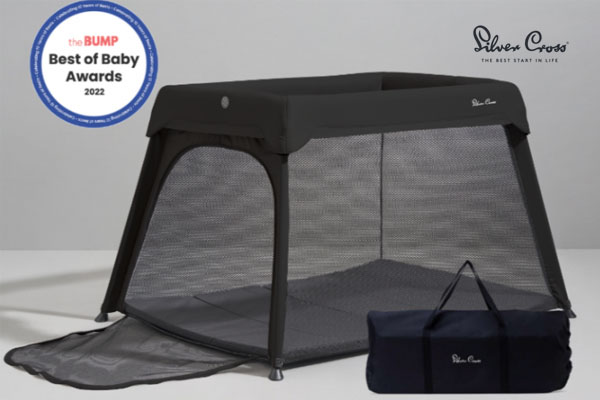
After visiting numerous showrooms and speaking with dozens of parents, I’ve compiled detailed insights about the top wooden crib manufacturers in the UK market. Each brings something unique to the table while maintaining high standards of safety and quality.
Silver Cross: Heritage and Innovation
Silver Cross has been crafting baby furniture in Yorkshire since 1877, and their expertise shows in every detail of their wooden cribs. What impressed me most about their manufacturing process is how they combine traditional joinery techniques with modern safety innovations.
During my visit to their showroom, I noticed their cribs featured dovetail joints rather than just screws and glue – a hallmark of quality furniture making. Their Nostalgia Sleigh Cot Bed remains one of their bestsellers, crafted from solid beech and available in several non-toxic finishes.
What sets Silver Cross apart is their balance of classic design with practical features. All their cribs include multiple mattress height positions, teething rails, and conversion options. Their customer service is equally impressive, with a 10-year guarantee on most wooden cribs that reflects their confidence in their craftsmanship.
| Silver Cross Crib | Price Range | Key Features |
|---|---|---|
| Nostalgia Sleigh | £500-£700 | Converts to toddler bed, solid beech construction |
| Bromley | £400-£600 | Contemporary design, sustainable wood, 3 mattress heights |
| Windsor | £600-£800 | Traditional craftsmanship, converts to full-sized bed |
Mamas & Papas: Design-Led Solutions
Mamas & Papas has built a reputation for design-led nursery furniture that doesn’t compromise on safety or functionality. What caught my attention was their in-house design team’s focus on creating cribs that complement modern home aesthetics.
I spoke with one of their product designers who explained their rigorous testing processes. Each crib design undergoes over 20 different safety tests before reaching production, exceeding the requirements of British Standards. Their Atlas and Oxford collections showcase their commitment to both style and substance.
Their manufacturing involves a combination of sustainable rubberwood and engineered wood components, which helps keep their prices more accessible while maintaining quality. Most of their cribs feature easy-clean surfaces and tool-free assembly – practical considerations that many first-time parents (like I was) deeply appreciate.
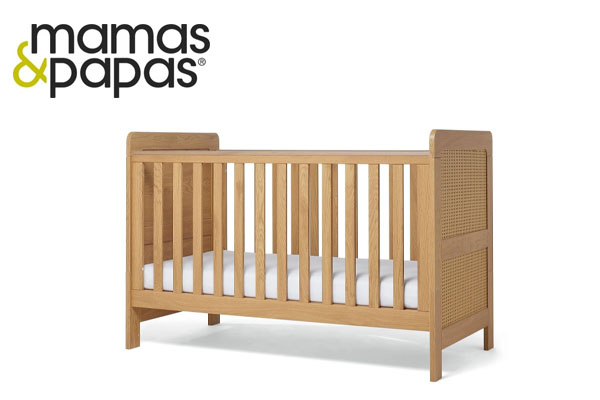
How to Choose the Right Wooden Crib for Your Baby?
Feeling overwhelmed by all the options and technical specs? I was too, until I learned the essential factors that truly matter when selecting the perfect wooden crib.
To choose the right wooden crib, assess your space dimensions, prioritize non-toxic finishes, consider convertibility options, evaluate the mattress support system, and verify compliance with current safety standards. Your budget should balance immediate cost against years of potential use.
When I was pregnant with my first child, the crib decision felt overwhelming. After much research and several showroom visits, I developed a systematic approach to evaluating wooden cribs that helped me make the right choice.
Assessing Your Space and Needs
Before falling in love with any particular crib, I found it crucial to accurately measure my nursery space. I made the mistake of eyeballing my room dimensions initially, only to discover my dream crib wouldn’t fit comfortably with the changing table and rocking chair.
A proper wooden crib needs adequate clearance on all sides for safety and accessibility. I recommend leaving at least 60cm between the crib and any other furniture or walls. Consider also the space needed for opening drawers if your crib includes storage features.
Beyond physical dimensions, think about how long you’ll use the crib. Are you planning multiple children? A higher-quality crib might make sense. Do you move frequently? Perhaps a lighter design or one that disassembles easily would be more practical. When we relocated across the country, I was thankful we’d chosen a crib with clearly labeled parts and straightforward reassembly.
Budget Considerations and Value Assessment
One of the most practical lessons I learned is that the initial price tag doesn’t always reflect long-term value. After speaking with other parents, I created this value assessment framework:
| Price Range | Typical Features | Considerations |
|---|---|---|
| £150-£300 | Basic functionality, pine or composite wood | May last for one child, limited adjustability |
| £300-£600 | Better materials, convertibility options, better finishing | Good for multiple children, versatile designs |
| £600+ | Premium hardwoods, heirloom quality, full conversion options | Multi-generational use, highest safety standards |
I opted for the middle range, which offered the best balance between immediate affordability and long-term value. The crib I selected ultimately served two children and converted to a toddler bed, making the cost-per-use quite reasonable.
When budgeting, don’t forget to factor in the mattress cost separately (typically £80-£200 for a quality option) and any conversion kits that might be sold separately. Some manufacturers include these conversion parts, while others require additional purchases when you’re ready to transform the crib.
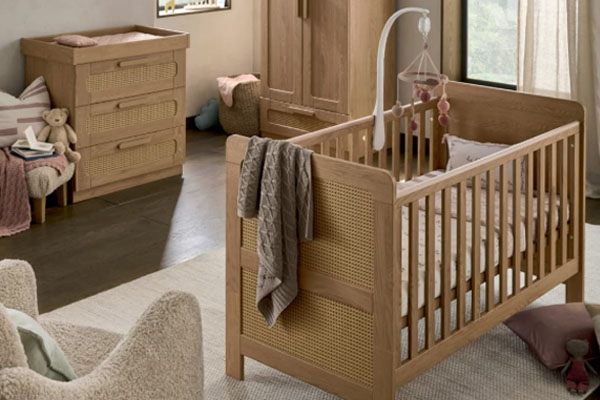
Maintenance and Care Requirements
Different wood types and finishes require varying levels of maintenance. This practical consideration often gets overlooked in the purchasing decision but became important in daily use.
Solid hardwood cribs typically develop a beautiful patina over time but may show teeth marks and dents more readily. Engineered wood with laminate finishes tends to be more resistant to damage but won’t develop the same character over time.
I found myself regularly wiping down the crib rails where my baby would chew during teething. Cribs with non-toxic, water-based finishes allowed me to clean without worrying about harsh chemicals, but some required more frequent maintenance to prevent the wood from drying out.
For maintenance, I developed a simple routine:
- Weekly dusting with a soft cloth
- Monthly checking and tightening of all hardware
- Immediate cleaning of any spills with a damp cloth
- Twice-yearly application of food-grade mineral oil to nourish exposed wood
This routine helped preserve the crib’s appearance and structural integrity through years of use.
Conclusion
The best wooden crib manufacturers in the UK prioritize safety, sustainability, and adaptability. By understanding what makes quality cribs worth the investment, you can make a choice that serves your family for years to come.

